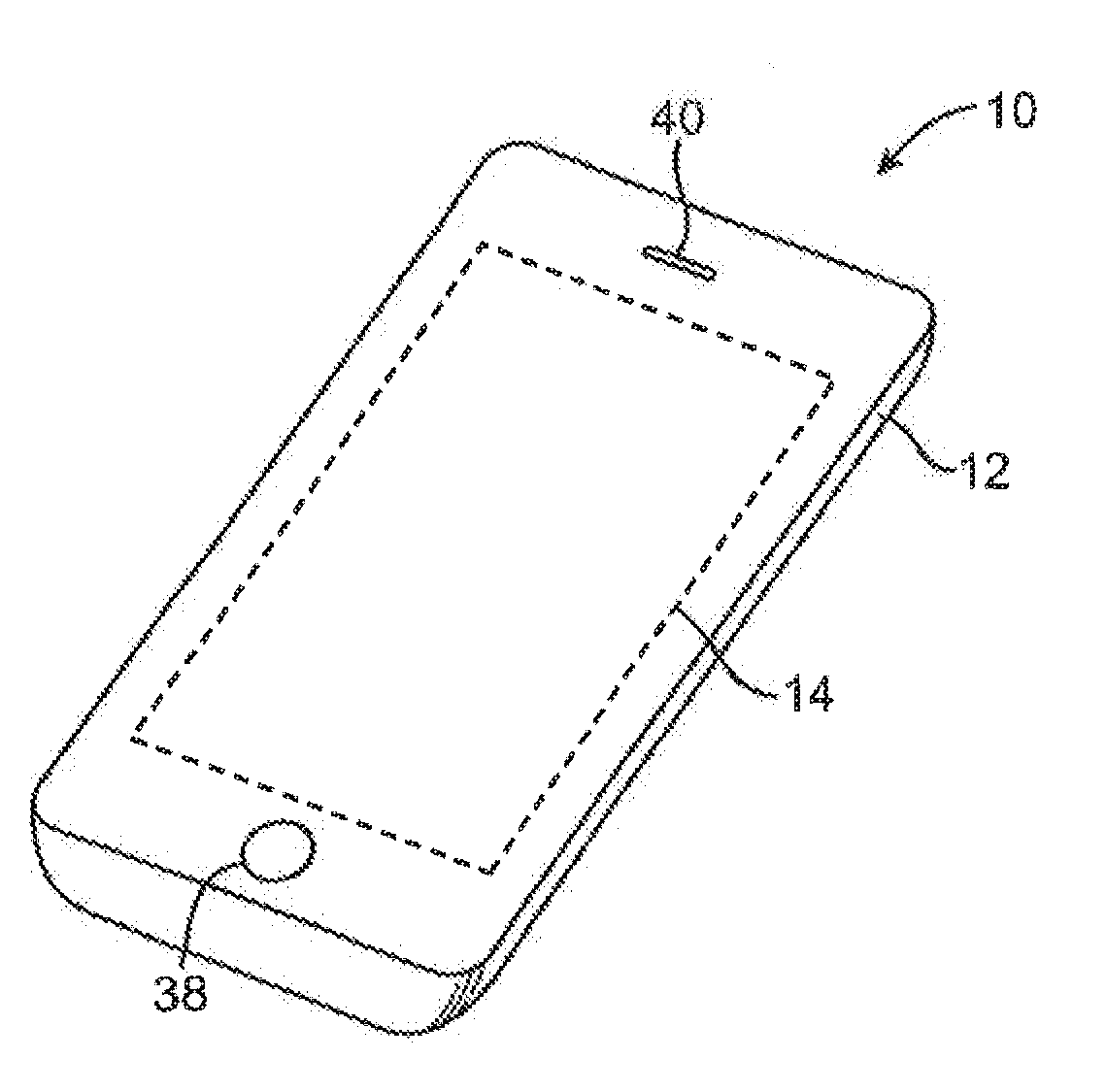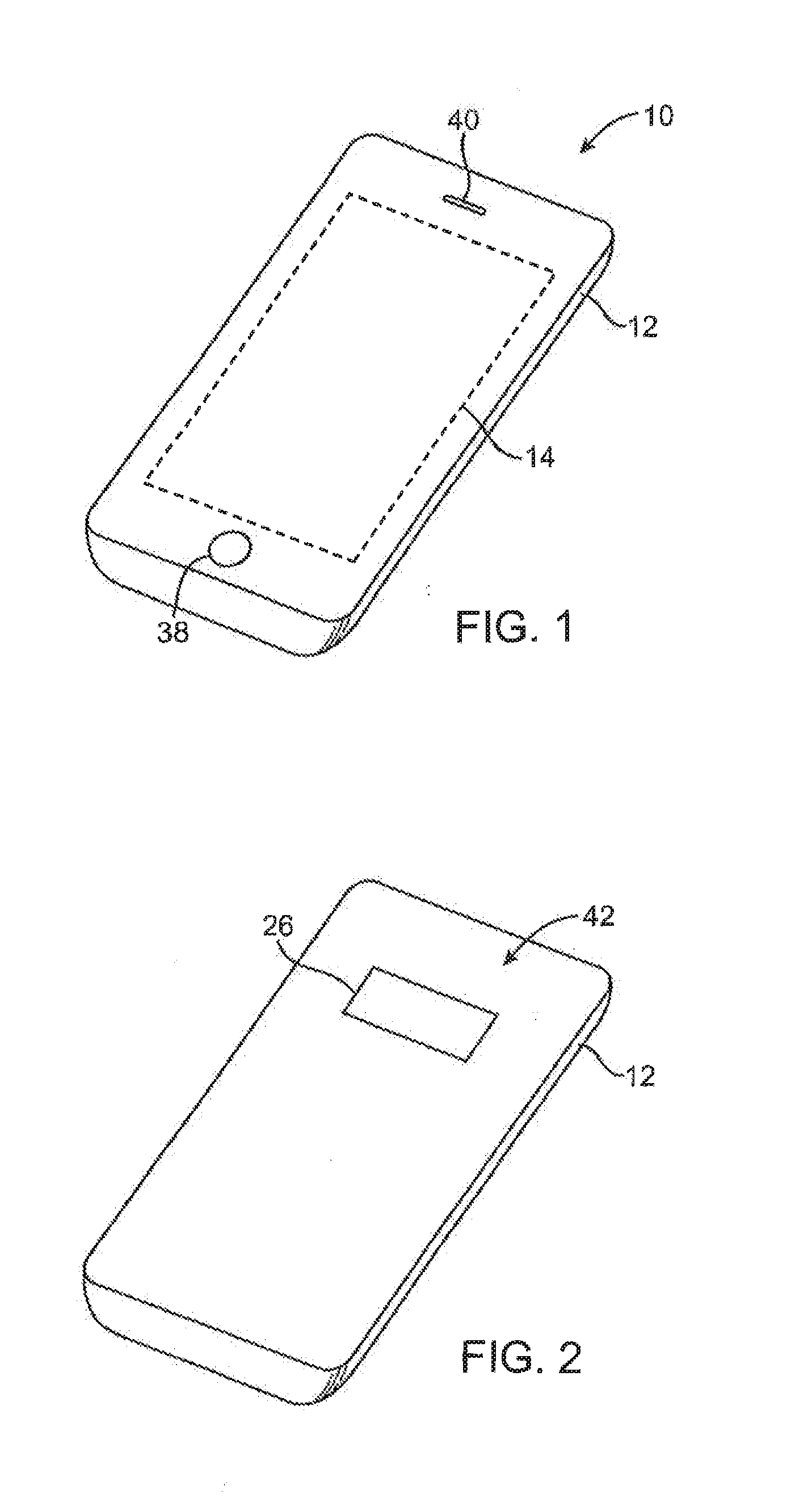Polyarylene Sulfide Composition for Use in Forming a Laser Direct Structured Substrate
a technology of polyarylene sulfide composition and structured substrate, which is applied in the direction of anti-corrosion paint, synthetic resin layered products, domestic applications, etc., can solve the problems of unsuitable lead free soldering process, difficult laser direct structuring process use, and save space for smaller devices
- Summary
- Abstract
- Description
- Claims
- Application Information
AI Technical Summary
Benefits of technology
Problems solved by technology
Method used
Image
Examples
example 1
[0067]A concentrate is initially formed that contains 70 wt. % of a liquid crystalline polymer and 30 wt. % of a copper chromite filler (CuCr2O4) available from Shepherd Color Co. under the designation Shepherd 1G. The liquid crystalline polymer is formed from 4-hydroxybenzoic acid (“HBA”), 2,6-hydroxynaphthoic acid (“HNA”), terephthalic acid (“TA”), 4,4′-biphenol (“BP”), and acetaminophen (“APAP”), such as described in U.S. Pat. No. 5,508,374 to Lee et al. The polymer is pre-dried for a minimum of 4 hours at 140° C. A twin-screw extruder (Type Berstorff ZE25, 120 mm×25 mm with a main-feed, side-feed and degassing option) is used to compound the two components. The raw materials are initially introduced to the main feed of the extruder as pre-blends (obtained from a powder blender). Vacuum is applied through the vacuum-port of the extruder throughout the entire compounding operation. Once formed, the extruded strands are cooled in a water bath and then pelletized.
example 2
[0068]A concentrate is formed in the same manner described in Example 1, except that it contains 50 wt. % of the liquid crystalline polymer, 30 wt. % of a copper chromite black filler available from Shepherd Color Co. under the designation Dynamix® 30C965, and 20 wt. % mica (Arginotec® SE, dehydrated).
example
[0069]A polymer composition is formed from the concentrate of Example 1 such that the final composition contains 30 wt. % of the concentrate, 29.6 wt. % polyphenylene sulfide (Fortron® 0205B4 SF3001 Natural), 20 wt. % glass fibers (OCV 910, Owens Corning), 20 wt. % talc (HTP 4, IMI FABI) and 0.4 wt. % of triethoxy-aminopropylsilane. The same twin-screw extruder is used as in Example 1. The temperature of the feeding zone is 280° C., and the temperature of Zones 1-12 is 300° C., 300° C., 300° C., 300° C., 300° C., 290° C., 285° C., 310° C., 310° C., 310° C., 310° C., and 340° C., respectively. The screw speed is 200 to 250 rpm and the throughput is 25 kg / hr. The concentrate, PPS, talc, and silane are fed to the main feed, and the glass fibers are fed to a side feed.
PUM
| Property | Measurement | Unit |
|---|---|---|
| Composition | aaaaa | aaaaa |
| Weight ratio | aaaaa | aaaaa |
| Electrical conductor | aaaaa | aaaaa |
Abstract
Description
Claims
Application Information
 Login to View More
Login to View More - R&D
- Intellectual Property
- Life Sciences
- Materials
- Tech Scout
- Unparalleled Data Quality
- Higher Quality Content
- 60% Fewer Hallucinations
Browse by: Latest US Patents, China's latest patents, Technical Efficacy Thesaurus, Application Domain, Technology Topic, Popular Technical Reports.
© 2025 PatSnap. All rights reserved.Legal|Privacy policy|Modern Slavery Act Transparency Statement|Sitemap|About US| Contact US: help@patsnap.com



